Before Hiroshima
By Eugene Rabinowitch | August 5, 2023
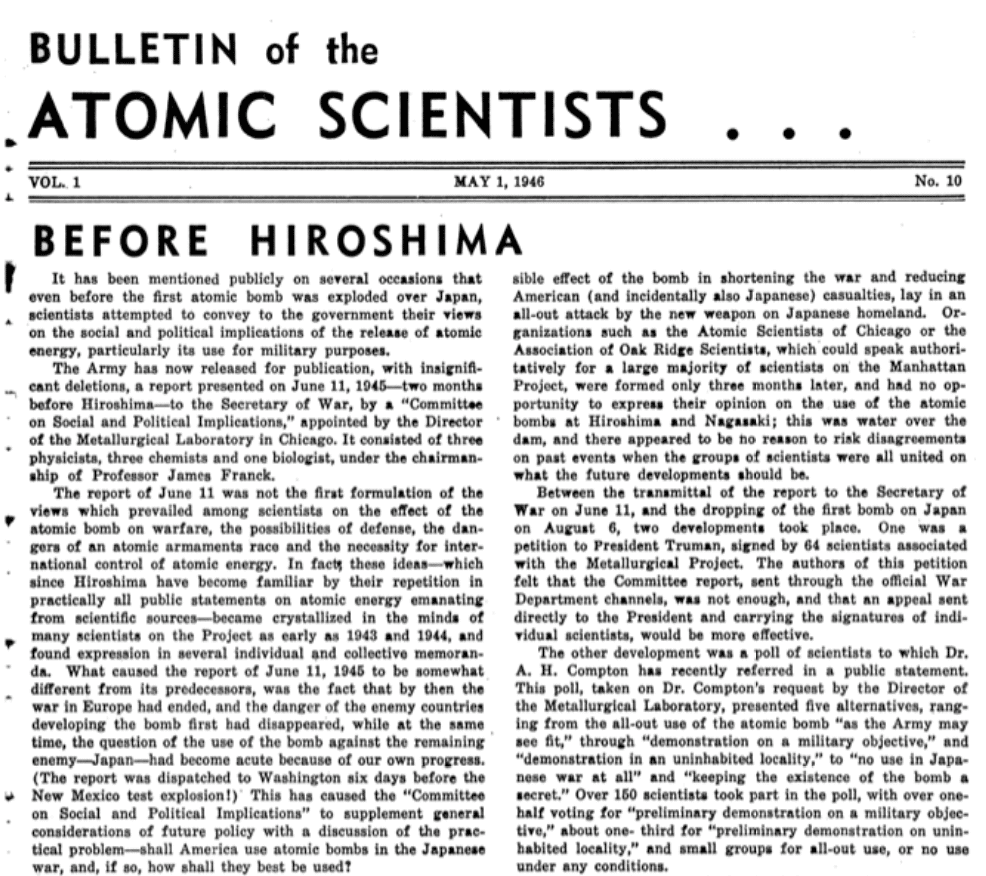 The front page of the May 1, 1946 edition of the Bulletin of the Atomic Scientists, which featured the declassified version of the Franck Report, principally written by Eugene Rabinowitch, the co-founder of the Bulletin.
The front page of the May 1, 1946 edition of the Bulletin of the Atomic Scientists, which featured the declassified version of the Franck Report, principally written by Eugene Rabinowitch, the co-founder of the Bulletin.
(Editor’s note: This article was originally published in the May 1, 1946 issue of the Bulletin of the Atomic Scientists, on page 1. The Franck report referenced in this article was published in the same issue and can be seen at the following link, titled A Report to the Secretary of War: June 1945. A wide variety of other past Bulletin articles on the bombings of Hiroshima and Nagasaki can be found here.)
It has been mentioned publicly on several occasions that even before the first atomic bomb was exploded over Japan, scientists attempted to convey to the government their views on the social and political implications of the release of atomic energy, particularly its use for military purposes.
The Army has now released for publication, with insignificant deletions, a report presented on June 11, 1945—two months before Hiroshima—to the Secretary of War, by a “Committee on Social and Political Implications,” appointed by the Director of the Metallurgical Laboratory in Chicago. It consisted of three physicists, three chemists and one biologist, under the chairmanship of Professor James Franck.
The report of June 11 was not the first formulation of the views which prevailed among scientists on the effect of the atomic bomb on warfare, the possibilities of defense, the dangers of an atomic armaments race and the necessity for international control of atomic energy. In fact, these ideas—which since Hiroshima have become familiar by their repetition in practically all public statements on atomic energy emanating from scientific sources—became crystallized in the minds of many scientists on the Project as early as 1943 and 1944, and found expression in several individual and collective memoranda. What caused the report of June 11, 1945 to be somewhat different from its predecessors, was the fact that by then the war in Europe had ended, and the danger of the enemy countries developing the bomb first had disappeared, while at the same time, the question of the use of the bomb against the remaining enemy—Japan—had become acute because or” our own progress. (The report was dispatched to Washington six days before the New Mexico test explosion!) This has caused the “Committee on Social and Political Implications” to supplement general considerations of future policy with a discussion of the practical problem—shall America use atomic bombs in the Japanese war, and, if so, how shall they best be used?
The main conclusion reached by the Committee was that the use of the bomb should be considered as a fateful political decision, and not merely as a matter of military tactics. Anticipating that within a few years after the beginning of a race of atomic armaments, other large nations will be able to make their own atomic bombs, and that in a world armed with such bombs, the security of the United States will be gone, and her large cities and industrial concentrations will be extremely vulnerable to devastating attack, the Committee argued that the primary political-military aim of America should be the prevention of atomic wars in future. From this point of view, the Committee felt that America should not first introduce the atomic bomb as a legitimate means of warfare, by using it for a surprise attack on Japan. Instead, the report proposed, as the first step, a demonstration of the bomb to the nations of the world, including Japan, in an uninhabited locality.
The report was agreed upon unanimously by the seven scientists on the Committee. It undoubtedly expressed the opinion of a considerable group of scientists at the Project. It cannot claim, however, to be the official expression of view of the scientists on the Project. There were undoubtedly among scientists those who felt that the way to obtain the maximum possible effect of the bomb in shortening the war and reducing American (and incidentally also Japanese) casualties, lay in an all-out attack by the new weapon on Japanese homeland. Organizations such as the Atomic Scientists of Chicago or the Association of Oak Ridge Scientists, which could speak authoritatively for a large majority of scientists on the Manhattan Project, were formed only three months later, and had no opportunity to express their opinion on the use of the atomic bombs at Hiroshima and Nagasaki; this was water over the dam, and there appeared to be no reason to risk disagreements on past events when the groups of scientists were all united on what the future developments should be.
Between the transmittal of the report to the Secretary of War on June 11, and the dropping of the first bomb on Japan on August 6, two developments took place. One was a petition to President Truman, signed by 64 scientists associated with the Metallurgical Project. The authors of this petition felt that the Committee report, sent through the official War Department channels, was not enough, and that an appeal sent directly to the President and carrying the signatures of individual scientists, would be more effective.
The other development was a poll of scientists to which Dr. A. H. Compton has recently referred in a public statement. This poll, taken on Dr. Compton’s request by the Director of the Metallurgical Laboratory, presented five alternatives, ranging from the all-out use of the atomic bomb “as the Army may see fit,” through “demonstration on a military objective,” and “demonstration in an uninhabited locality,” to “no use in Japanese war at all” and “keeping the existence of the bomb a secret.” Over 150 scientists took part in the poll, with over one-half voting for “preliminary demonstration on a military objective,” about one-third for “preliminary demonstration on uninhabited locality,” and small groups for all-out use, or no use under any conditions.
Opinions will necessarily be divided as to whether the destruction of Hiroshima and Nagasaki with over 200,000 casualties was a “demonstration on a military objective, (as was implied in Dr. Compton’s speech) or an “all-out use at the discretion of the Army.”
There is no doubt that the two bombs dropped on Hiroshima and Nagasaki brought the war to an immediate conclusion and thus saved many casualties; it is also a matter of fact that no great opposition to the use of the bomb has developed after the fact either in this country or abroad, apart from some statements mainly by religious groups (including such authoritative ones as the Vatican and the Federal Council of Churches in America).
Whether the capitulation of Japan could have been brought about by a mere demonstration of atomic weapons, nobody will ever be able to tell with certainty. Whether the difficult task of achieving international arrangements capable of preventing future atomic wars has been made still more difficult by the decision to use the bombs in Japan, will also remain a matter of speculation. We reprint the June 1945 report not to invite recriminations or criticism of the decisions of our government, but because we believe it to be a document of historical interest.
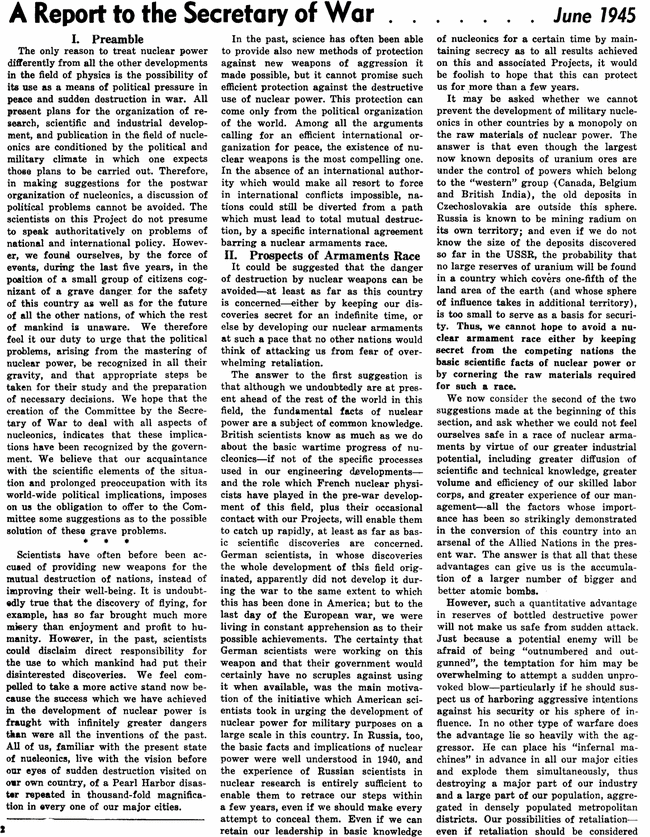
Together, we make the world safer.
The Bulletin elevates expert voices above the noise. But as an independent nonprofit organization, our operations depend on the support of readers like you. Help us continue to deliver quality journalism that holds leaders accountable. Your support of our work at any level is important. In return, we promise our coverage will be understandable, influential, vigilant, solution-oriented, and fair-minded. Together we can make a difference.
Topics: Hiroshima & Nagasaki, Nuclear Weapons
Share: [addthis tool="addthis_inline_share_toolbox"]
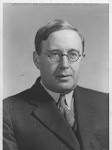

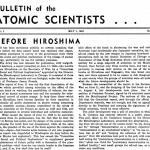
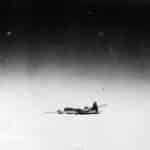
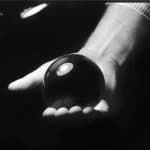
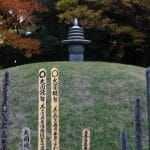
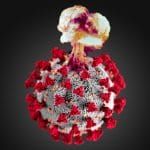








My Mother, Vivian Parry, was in military intelligence at Hanford TN in 1945. Somehow she was lethally exposed to I 131, radioactive iodine, and died 19 years later. I am told 2o years in the ‘magic number’. I was born exposed to I-131 and it has caused me immune problems and a massive tumor at…38 years later. (2 X 19) The government is quiet on this. One other note. My mother felt very strong on this issue and knew of Bataan and the other atrocities and stated from her hospital bed: “Never apologize”
I recorded a video that makes the case that the Atomic Bombing of Hiroshima and Nagasaki were unnecessary. It can be viewed here https://youtu.be/H59vvjqY94M
Articles like this do a disservice by excusing Truman and the military and even some scientists who the record shows knew that Japan was ready to surrender long before the two nuclear bombs were dropped on civilian cities, and that the record shows that those innocent civilian lives could have been easily spared by dropping the bombs as a demonstration over some uninhabited area.
Useless to comment about the relevance of the subject, just wanted to remind this absolutely amazing read from Lester Brooks: Behind Japan’s Surrender. A detailed research about the context around the subject.https://www.biblio.com/behind-japans-surrender-by-brooks-lester/work/209190?placement=works-by-author
It was a catastrophic end to WWII could have been saner